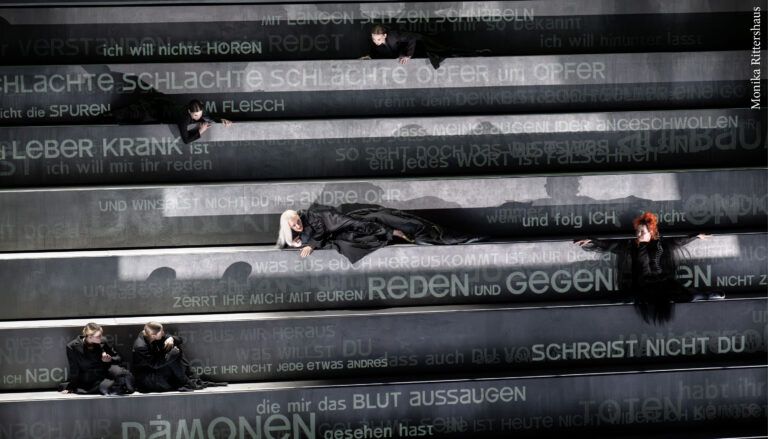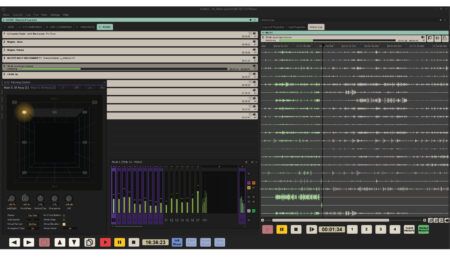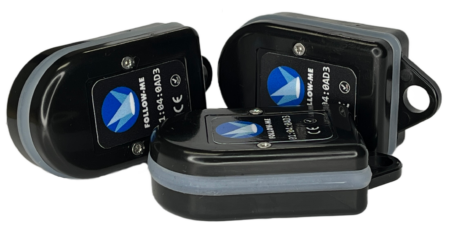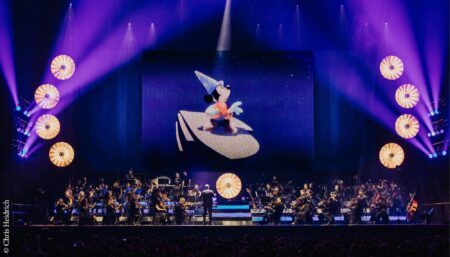AV Stumpfl’s media server platform, Pixera, supported a recent production of Elektra at the Festspielhaus Baden-Baden, a 2,500-capacity venue in Germany.
Elektra is a one-act opera by Richard Strauss set to a libretto by Hugo von Hofmannsthal, adapted from his 1903 drama Elektra. Directed by Philipp Stölzl and Philipp M Krenn at the Festspielhaus Baden-Baden, the show required advanced projection capabilities due to its kinetic staging with complex movements and intricate visual demands.
The stage, designed by Stölzl together with Franziska Hahn, consists of movable steps, stairs and drawers with the text of Hugo von Hofmannstahl’s Elektra libretto projected onto the stage and its backdrop.
Judith Selenko and Peter Venus, the masterminds behind the show’s technical and creative visual elements, praised Pixera’s performance and flexibility. “My first big show programmed with Pixera presented unique technical requirements,” said Venus. “The kinetic stage elements needed precise and responsive control, which Pixera’s Posi Stage Net data connection facilitated seamlessly. This enabled us to control all elements individually and in groups, adapting in real-time to the stage dynamics.”
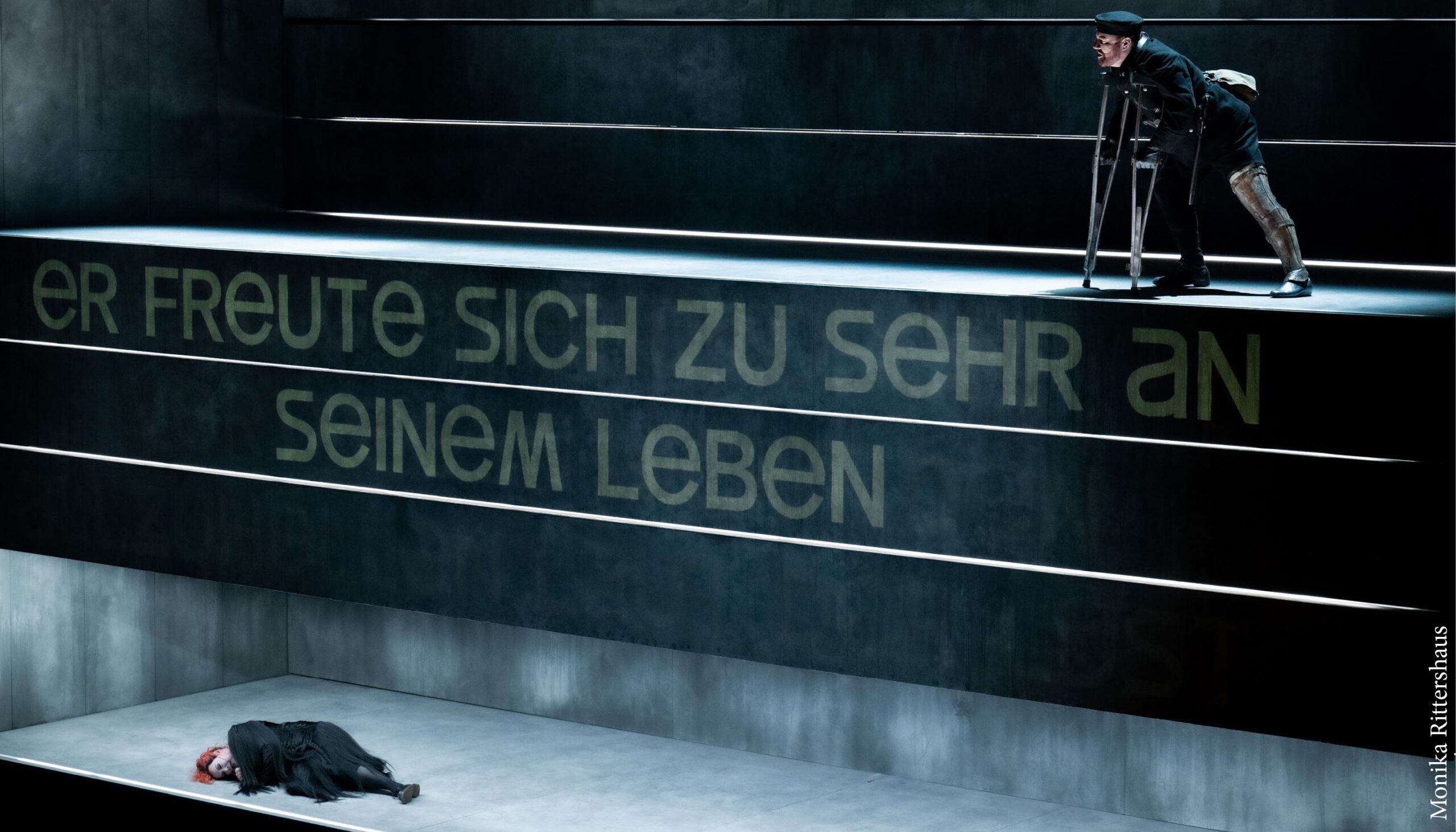
Venus, who comes from a sound background but has become more interested in video, highlights the importance of the pre-programming and visualisation: “Without pre-programming, nothing would have worked,” he said. “Our show had over 1,000 video cues, which we set and then adjusted in rehearsals.”
The first projection tests were done with the original model created by the set designers. Then, Selenko and Venus constructed a 1:25-scale model of the stage to allow them to work with great precision. “Pixera’s capabilities were instrumental in visualising and adjusting our designs during the rehearsals,” said Selenko.
Selenko and Venus, both coming from a musical background, see video as an instrument with which they participate in an [opera] production. “As you gain experience, you also decide to purchase a better instrument, one, which opens more chances and immerses in different areas,” said Selenko. “For this purpose, the media server from AV Stumpfl was the tool of our choice, which offered us exactly these possibilities.”
The idea of putting the libretto text in the background came from Stölzl. However, the typeface was designed by Selenko, with each scene having its own typeface concept. Selenko and Venus implemented the entire libretto as graphics and text, making it easy for them to concentrate on the content. The challenge was finding the balance of not continuously animating for one and a half hours, given that musicians have varying timings. This required careful technical foresight and strategic planning.
“There are passages that are pre-programmed and then we have animations that are done live,” explains Venus. “We have the material in Pixera and we can position it in a free space and can enlarge it by 50% at the same time.”
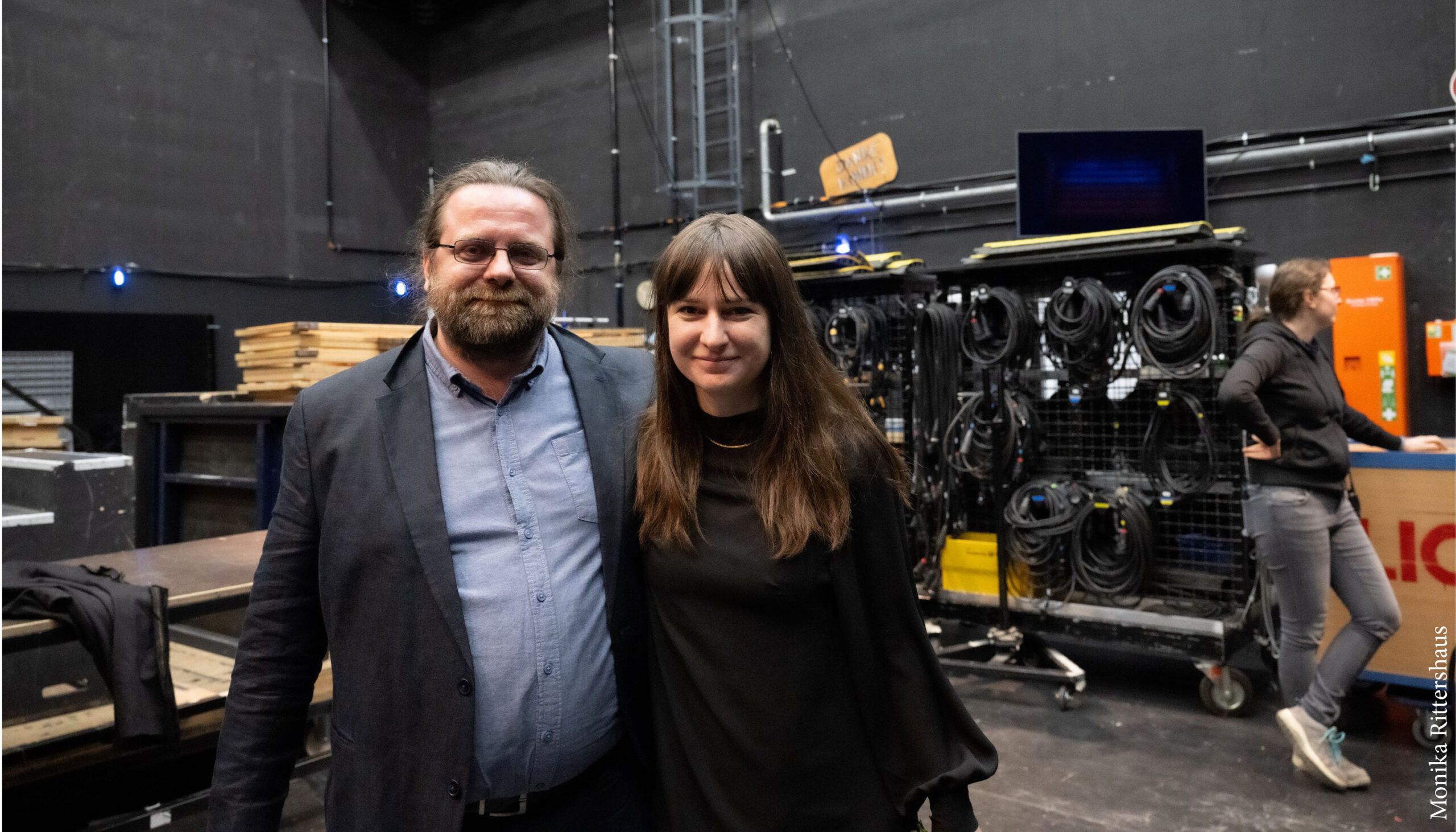
The volume of video content in the show was another challenge, involving precise cue naming and the assistance of a dramaturge. “Constant collaboration with the director was crucial, allowing us to explore all possibilities on a smaller scale before final implementation,” adds Venus.
According to Selenko and Venus, Pixera streamlines the show’s production process, accommodating more than 1,000 video cues and integrating live animation with pre-programmed sequences. This combination of automated and manual adjustments ensured the visual elements were perfectly in synch with the live performance, respecting the actors’ timing in the show.
Praising AV Stumpfl’s Pixera team, Venus said: “Pixera team’s technical assistance ensured smooth data handling and the successful implementation of reactive projections.”
“Pixera was an invaluable to our process,” concluded Selenko. “Its ability to handle complex data with ease and its powerful animation features were crucial in bringing our vision to life.”


